I think by now the reading public is catching on to the fact that a digital disruption of the publishing industry is underway. By contrast, perhaps, educators haven’t had time to catch up to its implications for schools.
Accordingly, many school leaders and teachers may be surprised to learn that educational publishing, for instance, reported in IBISWorld industry report, still makes up almost half of all publishing.
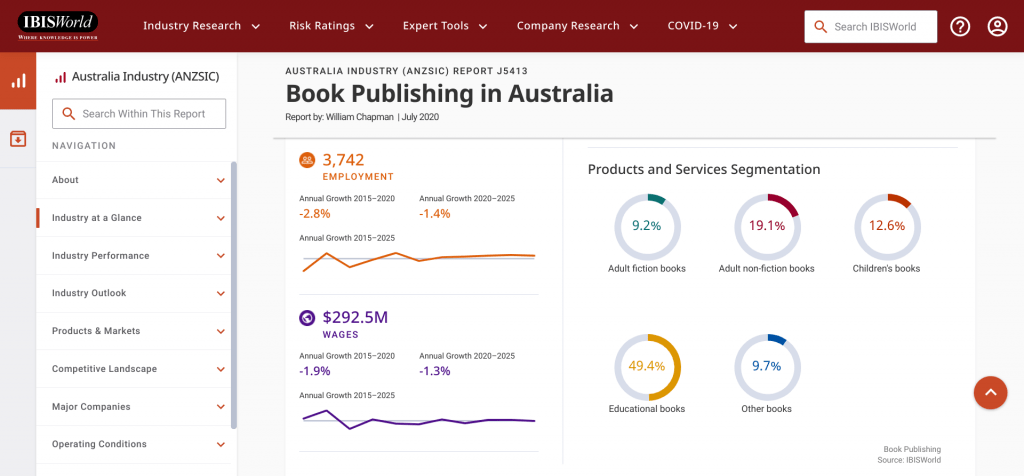
So, what happens when a powerful industry, that has historically taken on the role of the gatekeeper of who and what gets published is facing a revolution? I believe the answer is summed up beautifully by Muriel Well and Damien Lyons in their research on ‘teachers as writers’.
Teachers, and the rest of society, are now positioned at a unique time in history; at a time when a range of opportunities for writers to publish has emerged. In particular, Web 2.0 and self-publishing have led to a myriad of opportunities to write and publish and to reach audiences previously unimagined.
A most recent example
I follow Leanne Guillon on Linkedin, Deputy Principal at Caulfield Grammar School. I first heard her speak on education technology when I joined an online event run by EduGrowth. I was heartened by her thoughtfulness and intelligence.
Leanne recently shared in a post (10 December 2020) her appreciation of staff at CGS publishing Stories In Iso. The context for her praise immediately alerted me to see a connection to the power of self-publishing technologies in education. The simple, spontaneous act of committed educators who work in one place, understanding that their support of one another helps them in their work to educate young people during a pandemic.
The CGS Stories in Iso blog was born out of a simple premise – I missed my colleagues. Started by Daniella Warren, LAL Learning Journeys at Caulfield Campus, the blog gave staff the chance to see a snapshot of each other’s lives. As Daniella said, “since stories bind us together as humans, they made us feel a little more connected in a world dominated by isolation in a time of great uncertainty…To memorialise this unique time and all the contributions, the blog has been turned into a printed book.
I haven’t read any of the stories, nor do I know how the CGS book will be distributed. And yes, of course, schools have been publishing books – yearbooks and program information booklets for decades. On significant occasions, they have even commissioned the writing and publishing of their own histories. However, speaking from experience, I know that this is not the same as the digital agility and timely manner in which the CGS stories went from blogs to the creation of a beautiful artefact which, in book form, takes on a heightened meaning for its community.
Fostering the storytelling animal
Jonathan Gottschall’s The Storytelling Animal: How Stories Make Us Human shows us why we long for creative ways of sharing stories. In essence, we are the only story making species on the planet! My own entrance into the self-publishing world as a curriculum writer and researcher was in 2016 when I joined Clare Rose Trevelyan, a self-publishing author of children’s books and her creative team to produce educational resources, suitable for home and school. Our team of five consists of media and book design artists, Yongho Moon and Francis Lim, and business manager Jeremy Noble. Based on the production needs, we also call on editors, content strategists and other specialists.
For example, Clare’s creation of The Book With No Story as a resource for young writers contains 52 creatures who are desperate for original thinkers, aka young people, to put them into new stories. Part of her Young Philosophers Series, The Book With No Story is a celebration of creative thinking. Her mission is to ignite storytelling in middle-schoolers and excite them about writing. Her publication acts as a catalyst for conversations that ignite ways of writing, illustrating and more.
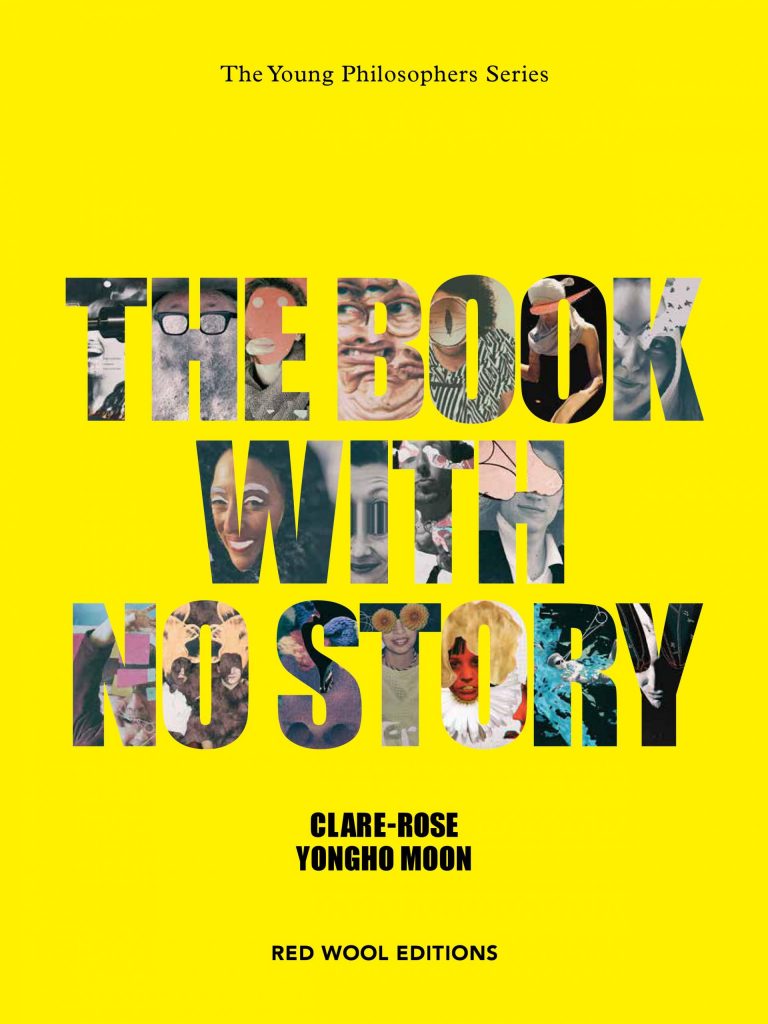
Moving from teacher to writer
Creating educational resources for publication has been part of my professional profile since 1996 when I created my first publication in arts education. I went onto writing textbooks for Year 11 & 12 Drama, a contract that continued from 1998 to 2009.
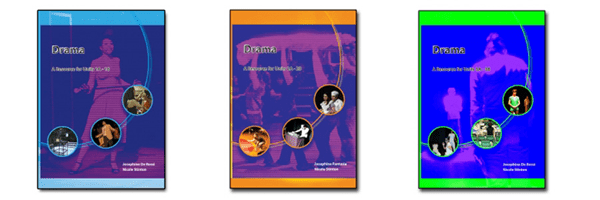
I treasure the experiences of working for a small education publisher (Impact Publishing now part of Cengage). I believe the owners, Regina Gaujiers and Gail Warrilow, teachers themselves, enabled me to see the vital connection between teaching and writing. Their ethos was strongly focused on creating resources that were both student-centred and informative for teachers.
Most of all I enjoyed the collaborative process of co-creating texts with designers and other teachers who worked on the projects. In my case, my talented partners Heather Timms and Nicole Stinton both added to my love of teaching and an understanding of learning.
At the same time, I also understood the costly and inflexible processes of print-based technologies. So often, I felt that by the time the textbook was in print, our understanding of what students needed had shifted. The cost to produce the book was also consistently high that I counted me very fortunate that my publishers gave me 10% as a commission.
Self-publishing is no longer a form of VANITY press!
So, here we are at the the dawn of a new publishing era.
Self-publishing authors are now a growing part of the publishing ecosystem. An Enders Analysis in 2016 which found that 40% of the top-selling ebooks on Amazon were self-published concluded that the option was “only going to grow more attractive”. They were right. And the trend is much wider than Amazon or the US market that Enders analyzed.
Facts and Figures about Self Publishing: The Impact and Influence of Indie Authors
However, let me also sound a warning.
Whatever you may have heard, self-publishing is not a short cut to anything. Except maybe insanity. Self-publishing, like every other kind of publishing, is hard work. You don’t wake up one morning good at it. You have to work for that.
Zoe Winters
Zoe Winters words perhaps are nothing new to educators who are always sorting out the difference between the promise and the reality of education technology. It is, for this reason, I’m motivated to set up School Story Experiences blog. I wanted us to talk to each other as school leaders and teachers about how we might authentically share stories around to teaching and learning.
Always Authentic
In other words, unlike academic writing or journalistic publicity, discussions around lessons, projects, programs, and school events have only one purpose and that is to tell the story of teaching and learning in one school at one time. Ironically though, I found that engaging in collegiate interviews around school policies and principles revitalises ‘ethnographical research’. Teachers turn towards telling ‘stories from the classroom’ in detail, showing how they enhance learning for their students.
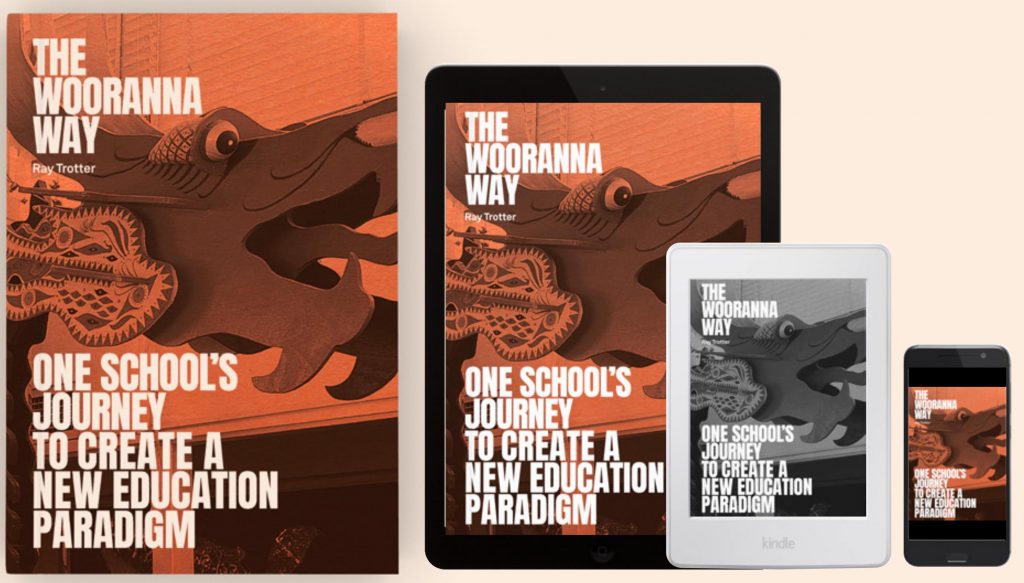
One school’s journey we captured in The Wooranna Way is told firstly through the eyes of the principal, Ray Trotter and two assistant principals, Janet Whittle and Jennie Vine. However, it also includes links to ten highly engaging stories by teachers in the school that reveal their high level of knowledge, understanding, and commitment to students.
Stories around the school yard
From the outset of the project, the groundwork for also set up to include the students’ viewpoints. Understanding the embodiment of learning through a student’s viewpoint is instructive on many levels. When students articulate pedagogical principles in respect to their own learning, we get an insight into the educative values reached by the school.
Stories From Home
In our richly diverse Australian culture, school communities include parents with a wide variety of educational experiences. The School Story Experience also aims to include their voices. Their understanding, in turn, of the school vision is given time and space to reveal of their expectations of the teaching and learning in the school.
Why not just say school stories are a public relations exercise?
The examples of CGS’s Stories in Iso and our production of The Wooranna Way clearly have a public relations benefit for their organisations. At the very least, they are affirmations of their schools’ culture and coherent instances of their school vision. Books have been aspiring towards structural coherence of topics and subjects for 5000 years, organising human thoughts that then circulate and are distributed through a reading audience.

Euclid’s role in laying down the foundations of Geometry has been clearly advanced by the fact that his writings have survived from antiquity. Using the same logic, academics have used the adage of ‘publish or perish’ for decades to advance their careers.
Interestingly, in digital communication ecosystems, businesses offer customers ‘reader magnets’ by producing booklets that package vital information regarding their products and services. For instance, eLearning software giants Articulate give customers an ever-expanding library of ‘how-to’ booklets.
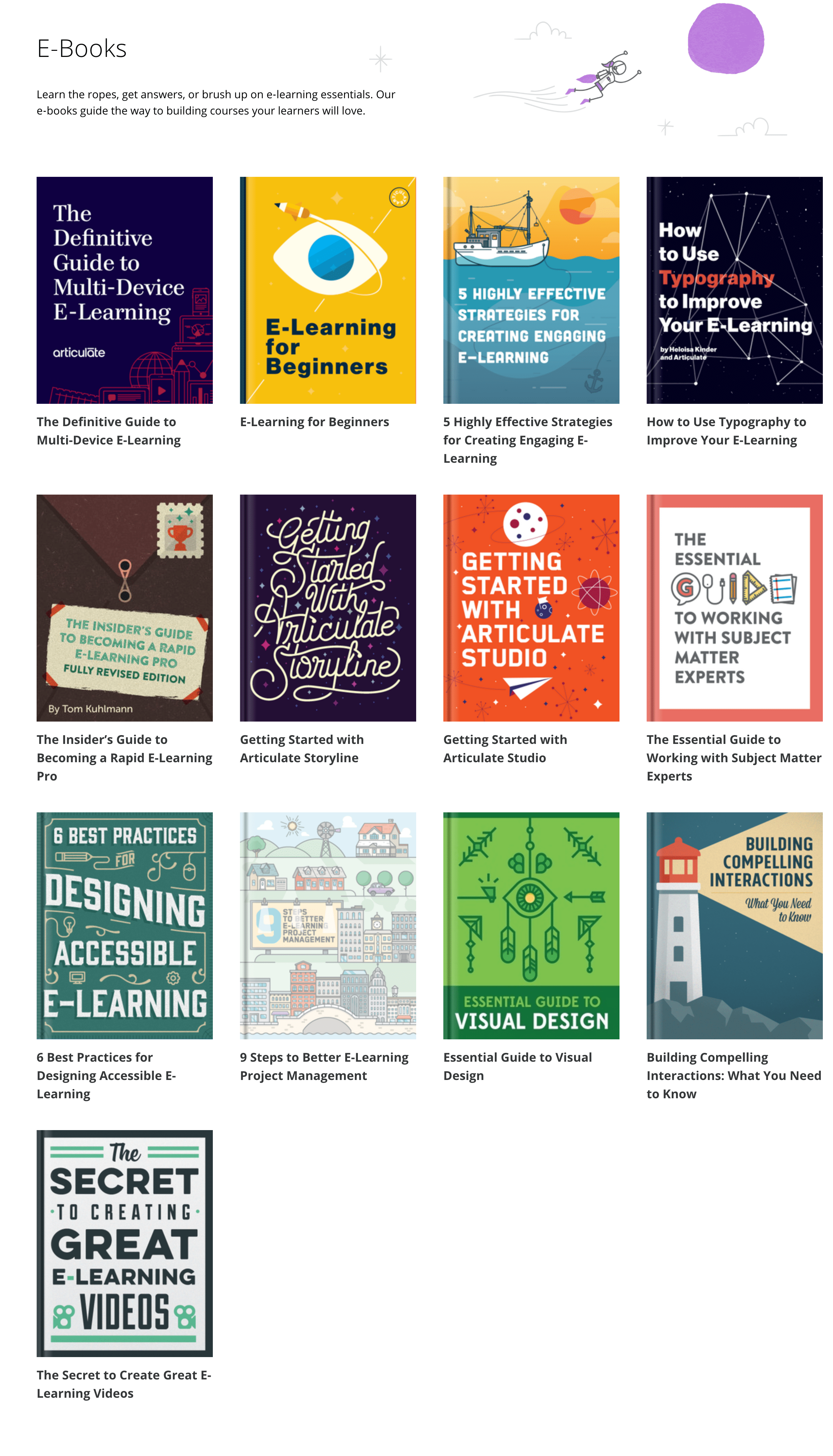
Understanding we’re in a digital ecosystem, not a publishing industry
What is most striking about my current experiences in schools is how an ‘educational content audit’ reveals all the different ways the school tells its pedagogical story online. For instance, Wooranna Park Primary School’s audit revealed over 150 substantial texts, created between 1998 to 2017, all focused on describing its pursuit of a new education paradigm. I found theses, book chapters; over thirty newspaper articles by local, state and national newspapers and seventy-eight articles in professional journals.
Other documents about the school were found on local, state and federal members of parliament websites, state and national Departments of Education (most notably ACARA’s My School website) and various ‘good school guides’ that rank the school in comparison to other Australian schools.
Furthermore, these text documents (found online as printable PDFs) sat beside nearly a 1000 videos demonstrating various aspects of WPPS’s pedagogy, photographs on Google Images, a Twitter feed for the school, classroom-based blogs through Seesaw and Google for Education apps.
I was also able to bring together principal Ray’s documentation of the changes that occurred over twenty plus years. This included academic articles, purpose-made videos, website notices, official policy documents and a significant number of photographs around school events. If ‘selling the school’ happens as a reputation management issue, then the vital question for me is to understand how should such a treasure house of valuable content be used to grow the school’s relationship with its community?
The marketing term used for such work is branding, however, somehow it has never done justice to the value a school’s reputation or its links to its principles of learning. Nonetheless, we know, for instance, that parents look to buy their homes in areas where they can enrol children in a ‘good school’. In recent times, principals like Eric Sheninger and Trish Rubin (2017) have produced BrandED to explainhow a school’s brand can improve school culture, expand school performance and increase school resourcing ( p.8).
On the other hand, we also know that in an egalitarian society every child has the right to a ‘good education’. So it’s understandable that school leaders dismiss simplistic notions of marketing schools when compared to the pedagogical complexities in which they operate. Speaking personally, therefore, I was convinced by Naomi Klein’s No Logo back in 1999, so, I don’t have the same enthusiasm for branding as Sheninger and Rubin.
I am also encouraged by the fact that the digital disruption of the advertising and marketing industries has produced a profound shift towards learning principles to engage with and retain clients. School leaders may be surprised to read, therefore, that the digital marketing platform Hubspothas as its company mission the creation of a platform that unites “software, education, and community to help businesses grow better every day.”

